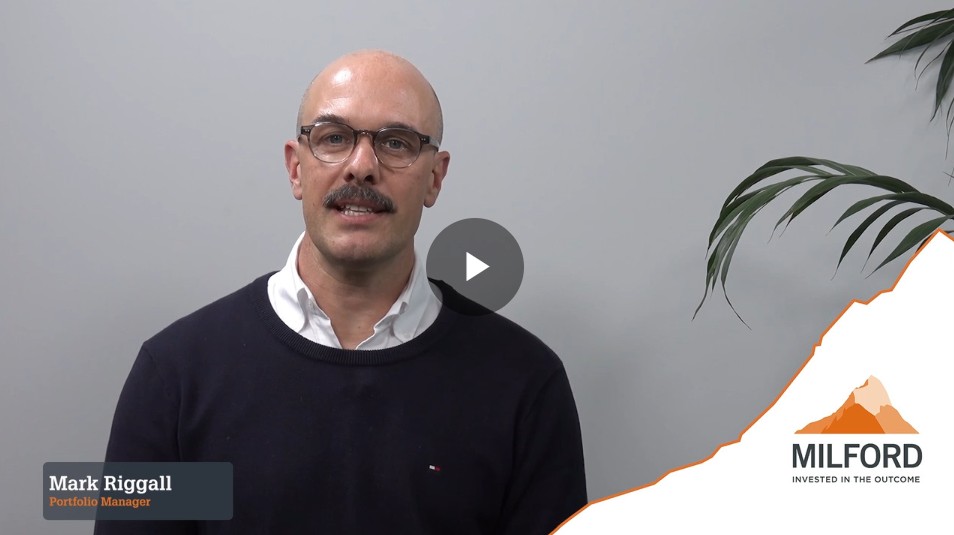When looking at Australian economic data, it feels like wage inflation is a thing of the distant past. As can be seen below, nominal wage growth has consistently fallen since the GFC. This has stumped and frustrated economists and treasurers with automation, technology and the globalisation of the workforce all being considered key culprits.
When adjusting wage growth for increases in inflation (i.e. real wage growth), employees are barely paid more now than a decade ago. Real wage inflation has averaged a measly 0.5% p.a. over the past decade. Although not an overly compelling backdrop, we could be at an inflection point.

 Source: Australian Bureau of Statistics
Source: Australian Bureau of Statistics
At the moment we are in an interesting position economically. Consumers are generally flush with cash with the savings ratio still very elevated at 11.6%[1].They feel wealthy with house prices up 10.6%[2] y/y, and consumer confidence in April reaching ~11yr highs[3]. So, it’s easy to conclude demand for goods and services will remain elevated outside of short snap lock downs.
This has led to record level job vacancies reported in February, with SEEK reporting a number of their own records in their April employment report: record job ads posted, eleven industries had their highest ever job ad volumes, all states and territories broke their job ad records.
 Source: Australian Bureau of Statistics
Source: Australian Bureau of Statistics
What is concerning however is that the actual applications per job was the lowest since 2012 on SEEK’s platform. This massive demand for employees coupled with potential labour shortages is becoming a concern for many companies.
There are two key reasons for this shortage:
- We are in a consumption boom at the same time as a mining boom, and,
- our borders remain closed.
Mining companies are generating huge free cash flow courtesy of very high commodity prices. Broadly speaking, they are looking to invest to extend the life of their existing mines or spend money on exploration in the hopes of finding resource deposits. In a normal cycle, what you generally see is a flow of labour from the East to the West Coast of Australia and an increase in workers from overseas. Unlike previous cycles, we have heightened infrastructure spend on the East Coast. Workers therefore have less of an incentive to move across the country. This lack of incentive is further reinforced by the occasional state lock down – fly in fly out workers are more hesitant given the risk they may not be able to return to their families.
What’s exacerbating all of this is that our international borders remain closed. Immigration has provided a huge amount of generally cheap labour to the Australian economy as exhibited by the following statistics:
- Since 30-June-2004, the Australian labour force has increased by 3.5m people (these are individuals either employed or looking to be employed).
- Over the same period, net Immigrants looking to be employed has increased by 1.2m accounting for 33% of the increase in the labour force.
- If you include students, many of whom stay and work post study and all of whom can work during their study, then immigrants accounted for almost 65% of the total increase in the labour force. As you can see this is extremely materially.


Source: Australian Bureau of Statistics
Since COVID this flow of workers has completely dried up and turned negative. As can be seen below, despite 258k Australian citizens returning to Australia since COVID began, 460k have left. These won’t all be workers, however many will be.

Source: Australian Bureau of Statistics
With heightened demand and tightening labour conditions, the probability of wage inflation is as high as it has been in over 10 years. Australia is by no means an anomaly. Most developed countries are seeing wages pressures emerge as well.
The duration of this inflationary period is hotly debated and incredibly difficult to accurately predict. What you do know however is that it should start to pinch a number of companies across a range of industries over the next 12 months.
Stock picking is king and the ability to pass potential inflation costs onto consumers is based on a company’s pricing power which will become very important. Our Australian equities team has met with over 100 different companies in the past 3 months and will continue to scour the market for attractive investments, whose business models can thrive in the coming inflationary period.
[1] Australian Bureau of Statistics
[2] CoreLogic data.
[3] Westpac



